The barbell rollout exercise is a dynamic trunk extension movement that activates your core muscles, including superficial and deep muscles in your mid-section, your hips and your back, as they work to actively stabilise your upper body to stop your back from arching.
Also known as an anti-extension exercise, this type of core training helps you maintain a neutral spine position by properly bracing your core during movements, which is important to limit the risk of spinal injuries due to over- or hyperextension.
Benefits of a strong core:
- Improved balance
- Better trunk flexion, extension, and rotation
- Reduced injury risk
- May potentially help to reduce back pain
- Enhanced movement efficiency and athletic performance
The barbell rollout is also an effective exercise to improve coordination between your upper and lower body and improve strength and mobility in your shoulders and upper back.
Ab wheel vs barbell: The wider grip options offered from the barbell makes it a better option for beginners.
READ MORE | Roll Your Way To Abs Of Steel With The Dis-Chem Living Fit Ab Wheel
Safe progression guidelines
- You should be able to plank for at least 60 seconds before attempting the roll out.
- If you can’t complete a rep with a full range of motion, roll out as far as you can. Keep trying to progress by extending a little further during each subsequent session.
- The further you roll the bar, the harder the exercise becomes.
- Transition from the barbell to the ab wheel for a more challenging exercise.
How to do it
Starting position: Load a weight plate on each end of a barbell with rotating collars. Kneel on the floor and grip the barbell in front of you with a shoulder-width grip. Position your shoulders directly over the barbell. Engage your abdominals and brace your core.
The movement: Roll the barbell forward by extending your hips and arms. Roll out until your shoulders are fully extended through a full range of motion. Stretch your arms out as far as you can without arching your back. Extend your hips as you roll the bar forward.
Form tips:
- Brace your core during the extension and contract your core to roll back up.
- Do not allow your hips and glutes to drop down during the extension.
- Keep your elbows straight or nearly straight throughout the exercise.
- Maintain a neutral spine during the extension and roll up.
Warning: Pregnant women or anyone who suffers from chronic back pain, knee pain, or other injuries should avoid this exercise. Consult with a doctor or physical therapist before trying this exercise.

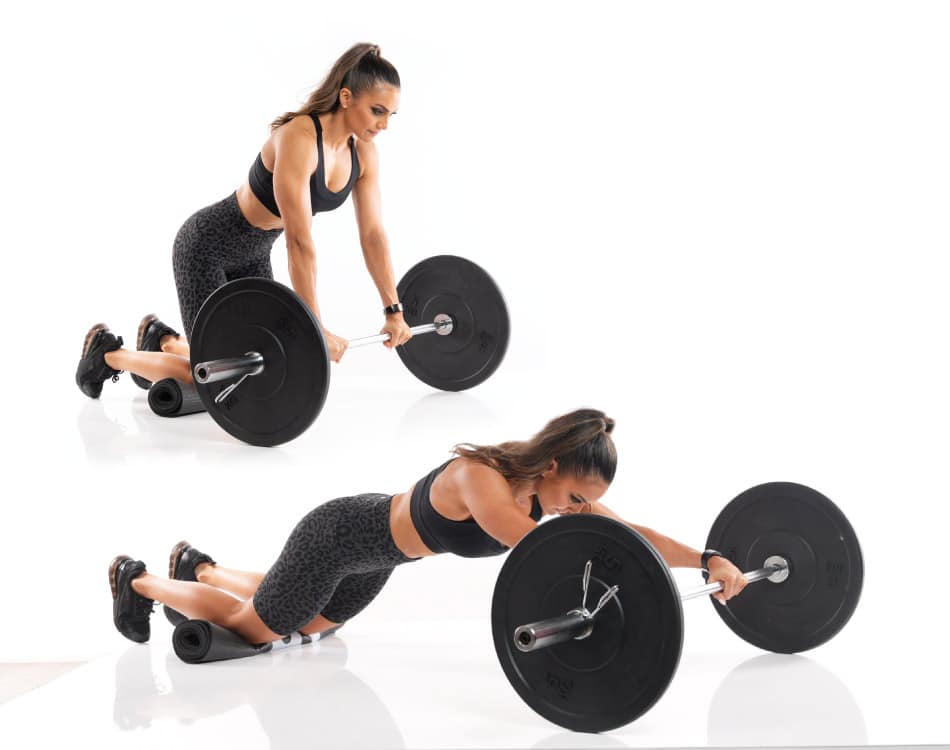


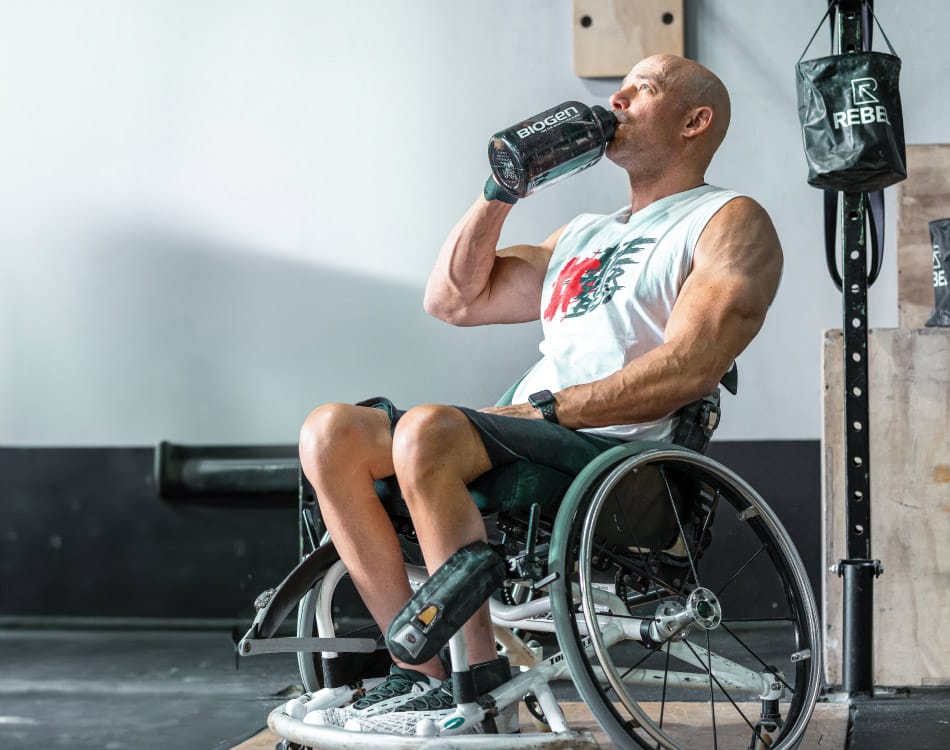

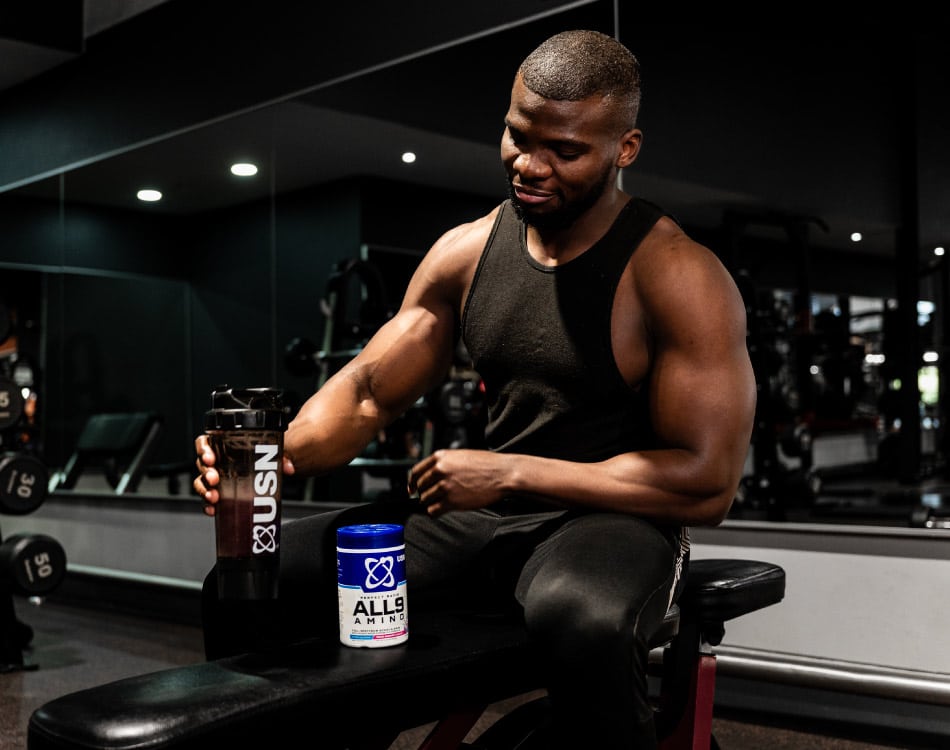

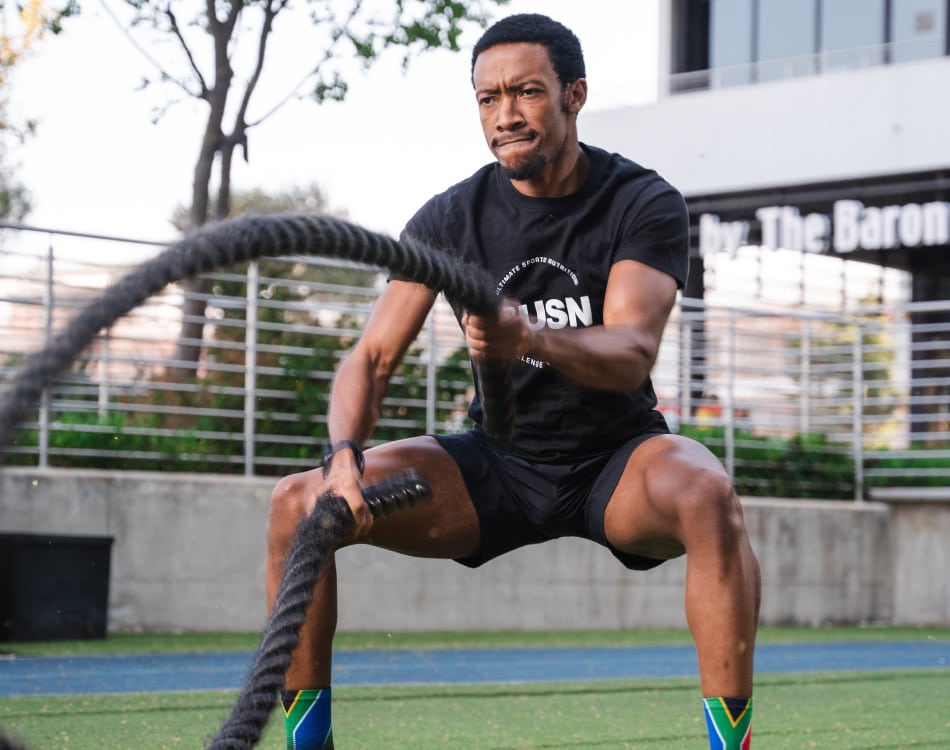

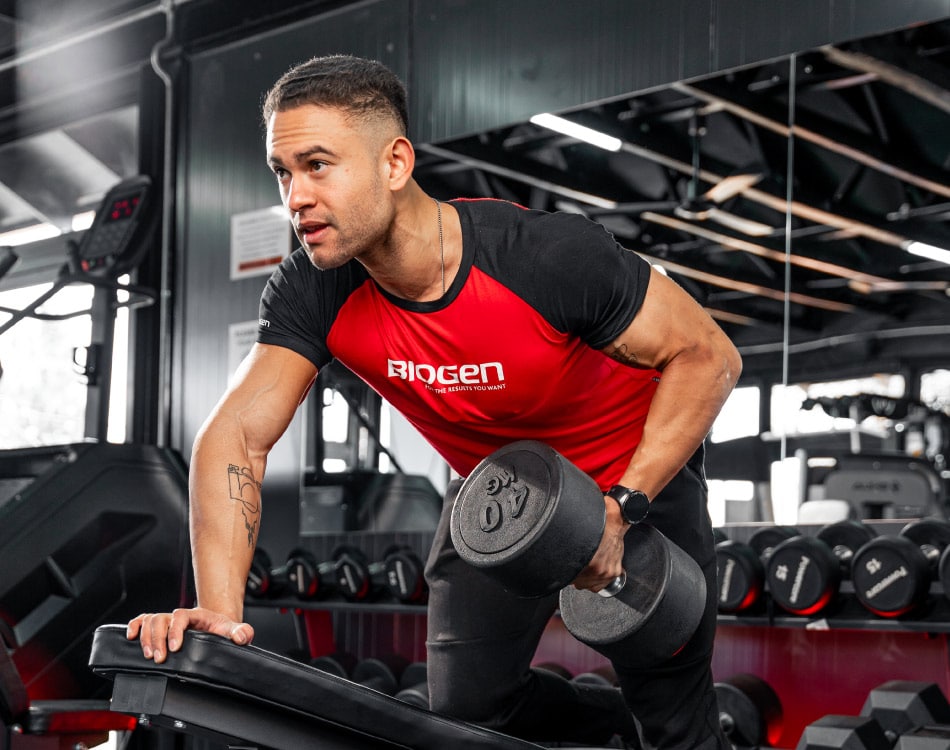






Leave A Comment